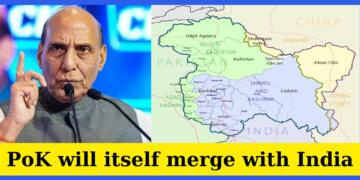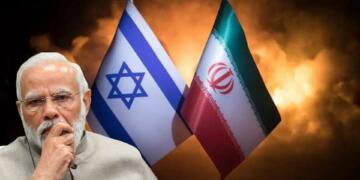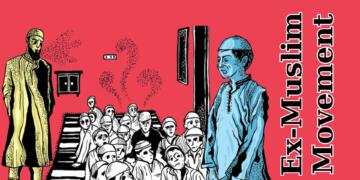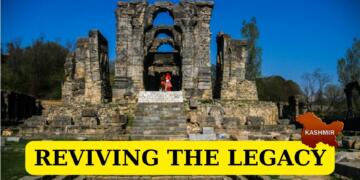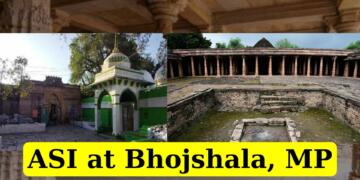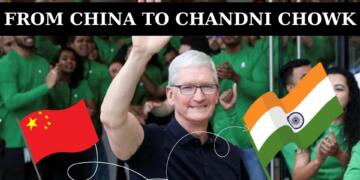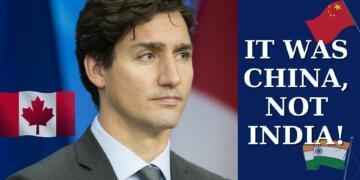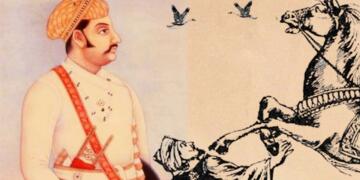~ The Supreme Court of India reacting to a PIL against perceived “hate speech” by politicians during electoral campaigning
Freedom of expression and free speech underlies one of the most important aspects of a healthy nation – a well-informed and vibrant citizenry that is free to discuss and debate issues that concern them at a practical and intellectual level in the country and abroad. At the same time a free press ensures that journalists are capable of reporting what they want to (the paid media allegations that are running riot these days are another matter). By all means, the Supreme Court has done a service to the country by furthering this right to freedom of expression through its statement, and to recommend that this matter be taken up by the Law Commission instead of the courts.
“No such thing as a free speech”
However, laws related to freedom of expression in India betray a strangely schizophrenic mindset – while the Supreme Court has unequivocally refused to disqualify hate speech, in Article 19 Clause (2) restricts speech on eight conditions, namely security of the state, friendly relations with other states, public order, decency and morality, contempt of court, defamation, incitement to an offense and sovereignty and integrity of India. Now in effect this hate speech should be analysed through the lens of public order, incitement, defamation and public order. It would be a worthwhile exercise to look at the United States for laws regarding freedom of speech and expression, since the First Amendment to the American Constitution provides one of the strongest protections to free speech in the world.
Internet laws – sticks and arrows in a nuclear age
On another level, the legislation surrounding new media serves as a far more draconian clampdown on free speech. Consider just one instance: the dreaded Section 66(A) of the IT Act, which bans anything that is pornographic, disparaging, harmful and other such broad adjectives. Under this Orwellian Act, two of the more famous arrests happened last year – the cartoonist Aseem Trivedi, and Shaheen Dhada-Rinu Srinivasan. This latter was arrested for “Like”ing content that the former had posted on her Facebook timeline. So much from freedom of speech – and if anybody is interested, it would be instructive to read about the case where a US Appeals Court has ruled that Facebook Likes are substantive speech and hence protected under the First Amendment.
Desperately Seeking Sanity
This schizophrenic conduct of the Supreme Court is deeply mystifying – on one hand it produces populist judgments such as those that result in hangings where “public conscience” must be assuaged, even though the courts concede that the evidence simply does not add up – here the Supreme Court is more than happy to play the role of the guardian of public morals and conscience, and acts as a conduit of some imagined social outrage that justifies state-sanctioned murder. On the other hand, the court dons its sanctimonious robe when asked for seemingly-legitimate rulings such as the one on Section 377 and on hate speech during electioneering, and argues from the separation of powers. Granted that the courts routinely face a barrage of criticism over judicial activism, but it is in the lager interest of the citizens of the country that the court should live up to its moniker of “the court of last resort”. Till such time as that happens, we the citizens of the country can only be a tennis ball in the court – pardon the pun – between the legislature and the judiciary, while the executive branch happily crawls when asked to bend.

























